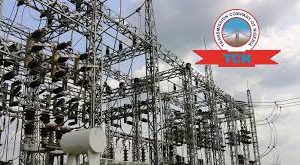Nigeria’s national power grid recorded a modest improvement in its operational performance for July 2025, with an increase of 2% in its plant availability factor compared to the previous month.
Data from the Nigerian Electricity Regulatory Commission (NERC), shared by the Nigeria National Grid on its official X handle on Saturday, revealed key insights into the country’s power sector.
According to the report, Nigeria’s power grid, with a total installed capacity of 13,625 MW, had an average available capacity of only 5,577 MW in July, representing a 41% plant availability factor.
This was a 2% improvement over the figures for June 2025.
The average generation also saw a slight uptick, rising by 0.3% to 4,340 MWh per hour, although the average load factor dropped by 3% to 78%.
The report highlighted the contributions of several major power plants.
The largest contributors to energy generation were: Egbin: averaged 665 MWh per hour with a 93% load factor.
Delta: Contributed 417 MWh per hour with an 86% load factor; Kainji: recorded 354 MWh per hour with an impressive 98% load factor; Okpai: generated 344 MWh per hour with a 93% load factor; and Ihovbor 2: added 403 MWh per hour at a 90% load factor.
Despite these positive contributions, the report also exposed significant underperformance.
Afam 1, with a 726 MW installed capacity, and Alaoji 1 both recorded 0% availability for the entire month of July.
Similarly, Sapele Steam 1, with a 720 MW capacity, managed only a 3% availability.
The NERC statistics also noted that the grid’s stability continued to be a concern.
The frequency operated outside the set limits of 49.75 Hz and 50.25 Hz, while the voltage also breached its acceptable range, with a high of 347.87 kV (1% above the limit) and a low of 301.10 kV (4% below the limit)









